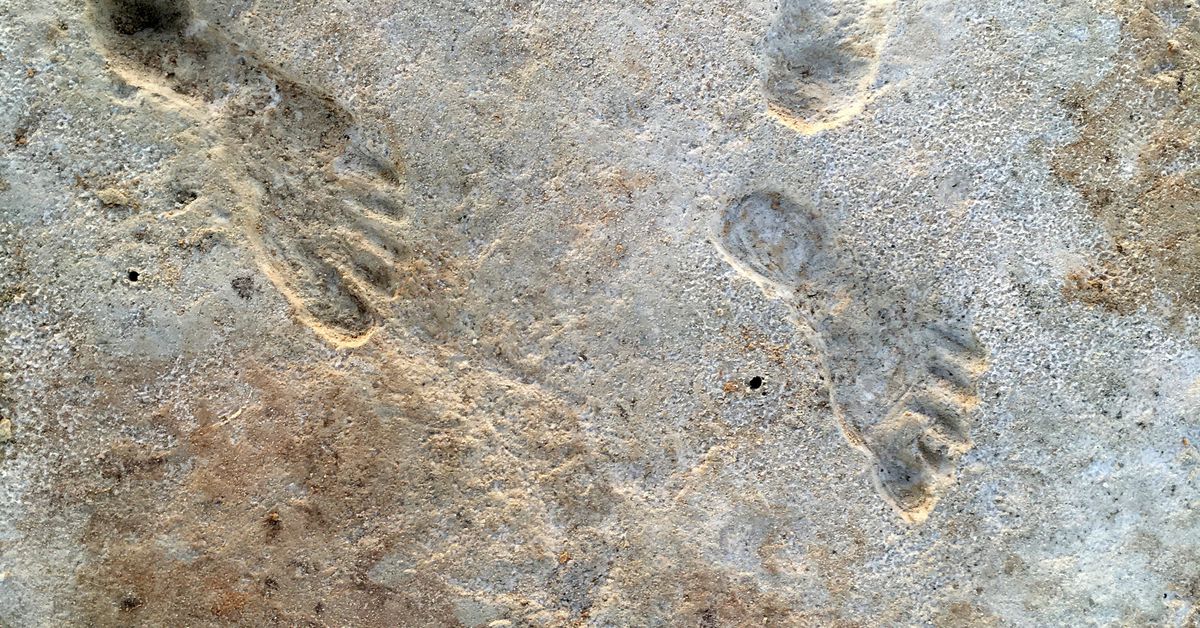Humans trod the landscape of North America thousands of years earlier than previously thought, according to new research that confirms the antiquity of fossilized footprints at White Sands National Park in New Mexico using two further dating approaches.



Go barefoot as much as possible!
I run in vibrams (toe shoes) and the strengthening of the normal muscles and moving as “we’re supposed to” has really improved my general feeling of strength. My knees and legs and back feel “planted” as opposed to wrapped and cushioned and separated from the earth.
We have 3 hinges of movement between our toes and knees, shoes eliminate our use of these a lot.
Take your shoes off and run in grass and you’ll notice you’re on your toes and not your heels, the amount of spring your legs create is increased, it’s just more natural.
“The peasant walk” is how humans naturally flatfoot walk, shoes gave us a heel strike which is “wrong”
Did ring worm write this?
The position of foot strike varies as a function of stride length. Stride length and turnover are the two variables that determine speed. We heel strike in shoes because they allow a longer stride at the same turnover. Why not increase turnover and keep stride length short ? Because it uses more energy.
I was under the impression that forefoot striking is actually more efficient as the body is continually in a “forward falling” position, your legs do not land angled in front of you requiring your knees to absorb the shock, and you better utilize the elastic potential of your leg’s tendons.
Don’t a lot of marathon runners forefoot strike? Seems like they’re athletes that would be looking for the most efficient running techniques.
Just because we can heel strike doesn’t mean we should.